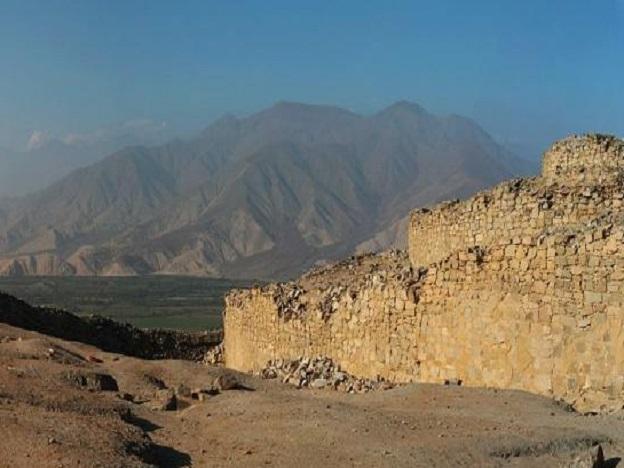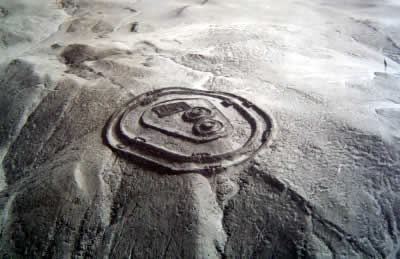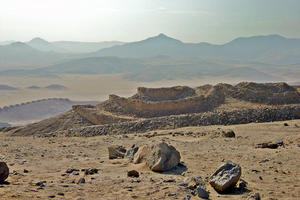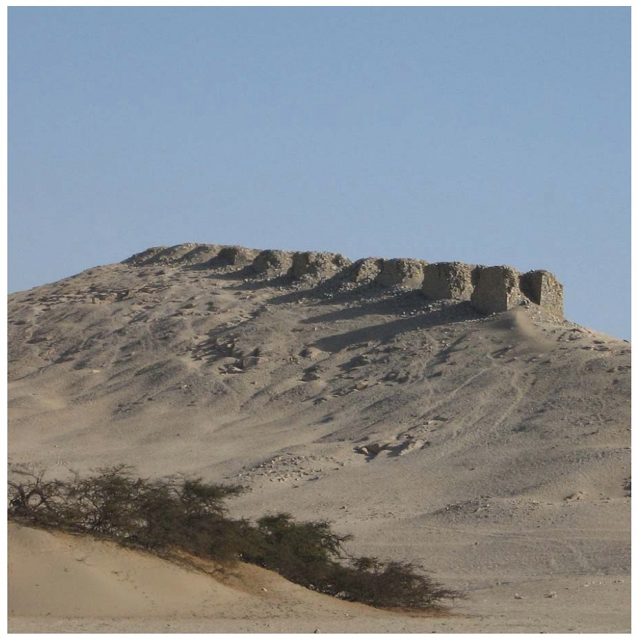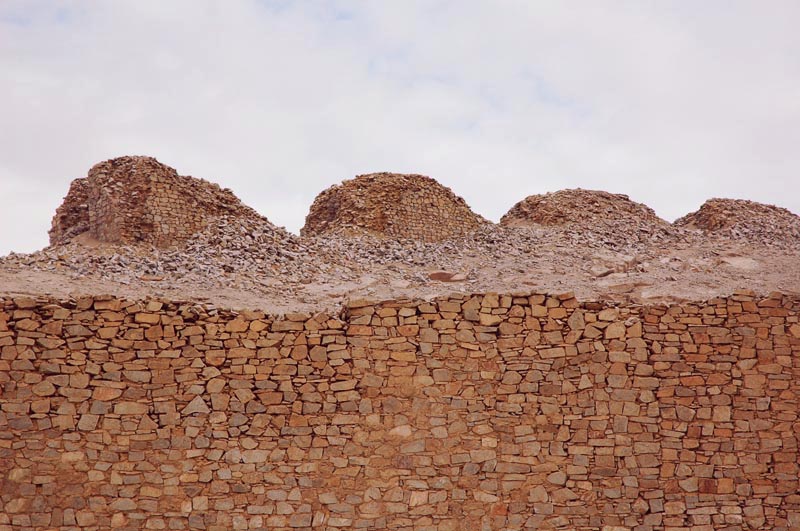A Guide To Chankillo
Chankillo (also spelt 'Chanquillo') archaeo-astronomical complex, 300 km (186 miles) north of Lima, contains the oldest and best-preserved astronomical observatory in the Americas.
For this reason, Chankillo was added to the list of UNESCO World Heritage Sites in 2021, bringing the number of such sites in Peru to 13.
It is located in the Casma Valley in Ancash Province, in Peru's coastal desert, where the climate is ideal for agriculture, with present-day produce including cotton, corn, avocado, mango and passionfruit.
Archaeologists estimate that Chankillo was occupied from the 4th Century B.C to 1st Century A.D, before being abandoned.
Covering an area of some four square kilometres (1.5 square miles), the site includes a hilltop fort, gathering areas and storage facilities, along with ceremonial centres and a temple within the fort.
However, undoubtedly the most interesting feature of Chankillo is a series of 13 stone towers, built along a low hill, whose positions - about 5 m (16 ft) apart, running north to south, for 300 m (984 ft) - correspond very closely to the rising and setting positions of the Sun over the year.
There are two lookout platforms, below the hill, one to the east (for watching the sun set) and one to the west (for watching the sun rise), from where the Chankillo inhabitants could determine the date, with an accuracy of two to three days, allowing them to regulate planting and harvest times, along with religious festivals.
By having multiple observation points, Chankillo is unique among ancient observatory sites. Similar sites elsewhere in Peru, and world-wide, contain only one point of astronomical alignment: this does not provide the measurements necessary to track the passage of time over a full year.
Although Chankillo's towers had been known of for centuries, it was only in 2007 that archaeologists Ivan Ghezzi and Clive Ruggles provided a full hypothesis of their use and importance, in which they concluded that sun worship existed in pre-Columbian Peru nearly 2,000 years before the well-known sun cult of the Inca Empire.
Still, very little is known about the Casma-Sechin Culture that created this remarkable astronomical calendar.
With archaeological research and restoration ongoing, and with financial support from the World Monuments Fund, the British-Peruvian Cultural Institute and the U.S. Department of State’s Ambassadors Fund for Cultural Preservation, among others, Chankillo was added to the UNESCO World Heritage list, in 2021. This should give a boost to interest in the site and its previous inhabitants.
How to Visit Chankillo:
Chankillo is close to the PanAmerican Highway, so access is not difficult, but still few overseas visitors make the journey.
It is best to visit Chankillo in the morning, before the coastal wind picks up, so a night in the town of Casma - or the nearby cities of Barranca or Chimbote - is likely to be required.
The tourism infrastructure here is limited, but PeruNorth can arrange a hotel stay, along with a half-day guided tour with English-speaking guide, that can also include visits to other archaeological highlights in the area, Sechin and Las Aldas.
If wishing to visit Chankillo, just contact us with your requirements.
What our clients say about Chankillo:
“Chankillo was fascinating for its astronomical intention.”
“I’ve just visited Chankillo. It’s been an awesome experience.
There was absolutely nobody there, except one lonesome man guarding the site.”
“We enjoyed ... Chankillo for the sheer wonder of how they designed and constructed the observatory.”


